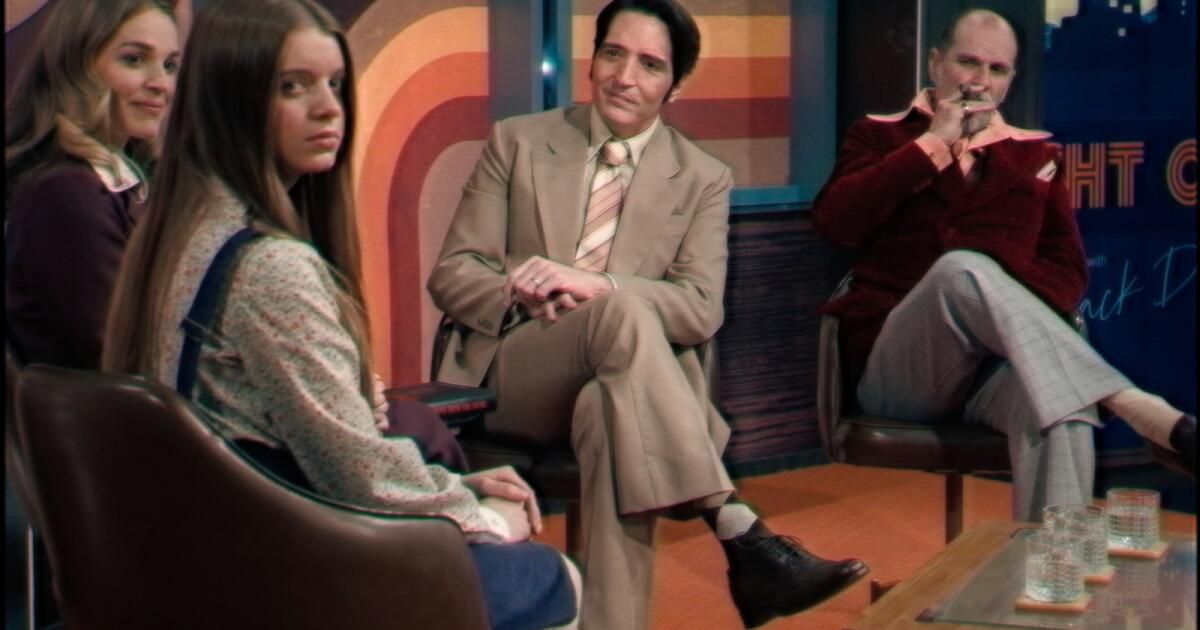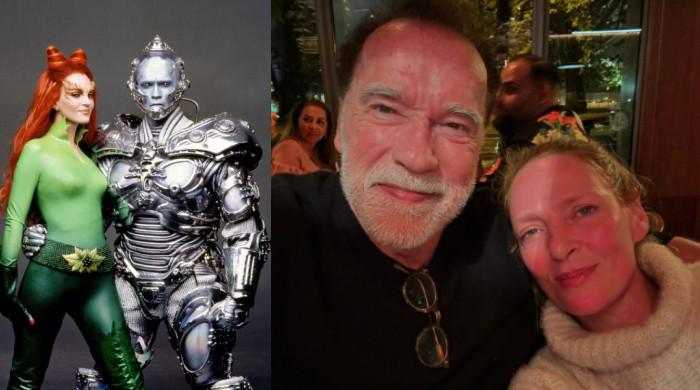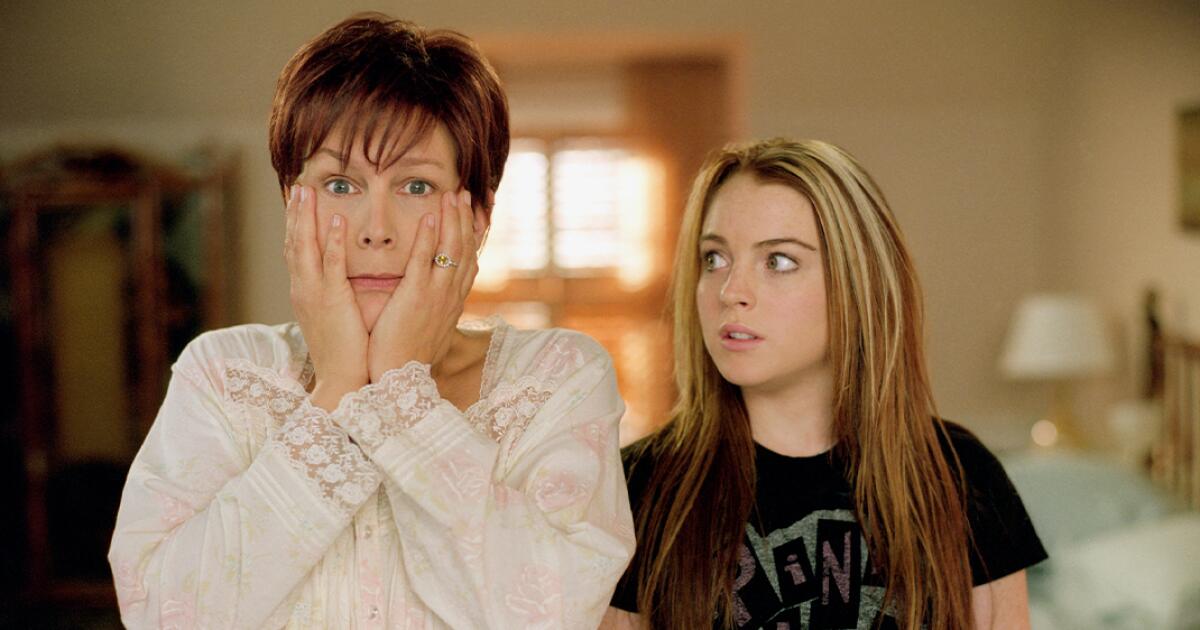“Late Night With the Devil,” a sly, chilling film from filmmaker brothers Cameron Cairnes and Colin Cairnes, is a clever reminder that the entertainment business was built on hocus-pocus. The entire industry is an illusion: actors, dialogues, costumes, sets, editing, even the magic of artists who appear on small screens with a snap, like geniuses summoned to entertain. Some creative giants were literally magicians. Georges Méliès, the inventor of special effects, honed his craft at the Théâtre Robert-Houdin; Later, in the more cynical 1970s (the setting of this film), Johnny Carson used his roots as the Great Carsoni to boost ratings when he collaborated with professional skeptic James Randi to sabotage the antics of the Mentalist Uri Geller on bending spoons on live TV.
Meanwhile, in Australia, where the Cairnes brothers grew up, their country's well-known presenter, Don Lane, also brought Randi as a guest. But when Randi discredited the show's regular psychic, Lane legendarily ordered Randi to shut up. In an instant, the Cairnes have transformed Lane's oily, innocent energy into “Late Night's” Jack Delroy (David Dastmalchian), an eager-to-please exhibitionist with a fat mane of hair. For years, Jack has tried (unsuccessfully) to take his New York-based talk show, “Night Owls With Jack Delroy,” to the top, even bringing up his wife, Madeleine (Georgina Haig), with an illness. terminal, for a very special event. episode. He sold his own pain and still He was defeated by Carson.
Then, on Halloween 1977, a holiday also known as Sweeps Week, Jack and his increasingly anxious gang leader, Gus (Rhys Auteri), welcome a mystic (Fayssal Bazzi), a parapsychologist (Laura Gordon), a possibly possessed teenager (Ingrid Torelli). ) and an authoritarian detractor (Ian Bliss) of the program. The film is presented as found footage of that broadcast from monologue (Billy Carter joke!) to disaster. During commercial breaks, a handheld camera pans backstage to see the director (Christopher Kirby) yell, “Where's my sacrificial dagger? We're in 60 seconds! As you can imagine, all hell breaks loose.
At first we enjoyed the innocence of these retro chills. Rubber bats hang from wires. Gus waves a red plastic pitchfork. Jack crawls like a sheet ghost. But even without a costume, Jack always wears a mask. With just a few rehearsed gestures (a finger gesture, a pantomime of a bat), Dastmalchian gives us clues that he is playing a shell hollowed out by ambition. Jack is nice, maybe even genuinely kind. However, if you were to remove his blank smile, you would find more emptiness.
The evening is really ruined when Lilly, Torelli's young Satanist, enters in an apron doing a disturbingly wonderful impersonation of an ordinary schoolgirl. Torelli is a great physical comedian; Even with his wrists tied, he struts. You know he's supposed to be scary, but it's easier to target Bliss' disbelieving braggart, who, by design, is so unlikeable that we pray Beelzebub drags him into the green room.
This is a pressure cooker movie, a small-budget exercise in simplicity that relies on an ensemble and one goal: keep you watching. Any plot that there is no time to resolve simply falls away. Restraint encompasses even the faint rainbow stripes on the wall behind Jack's couch, since scientists spent the 1970s inventing new shades of brown. Between Otello Stolfo's meticulous production design and costume designer Steph Hooke's sweeping lapels, kitsch doesn't become cartoonish. On an ominous note, the “Night Owls” logo is a bird hovering over the Twin Towers.
The film is a joke, not a strong statement about how the media corrupts the soul. That's here too, of course, but it sounds insignificant. It's been generations since preachers called television the devil's box, and now we all know that in the '80s, some of those moralists will make millions putting their own show on the air. When Howard Beale of “Network” told people to turn off their televisions, we felt complicit. When Jack Delroy does it, we simply admire how cinematographer Matthew Temple captures his crisis in a wonderful tracking shot. “I don't think TV cameras lie,” Lilly insists. Sure, but the people behind the camera do, and what terrifies us now is how little the public resists being fooled.
'Late night with the devil'
Classified: R, for violent content, some blood and language that includes a sexual reference.
Execution time: 1 hour, 27 minutes
Playing: It starts on Friday (with previews on Thursday) in general version.












